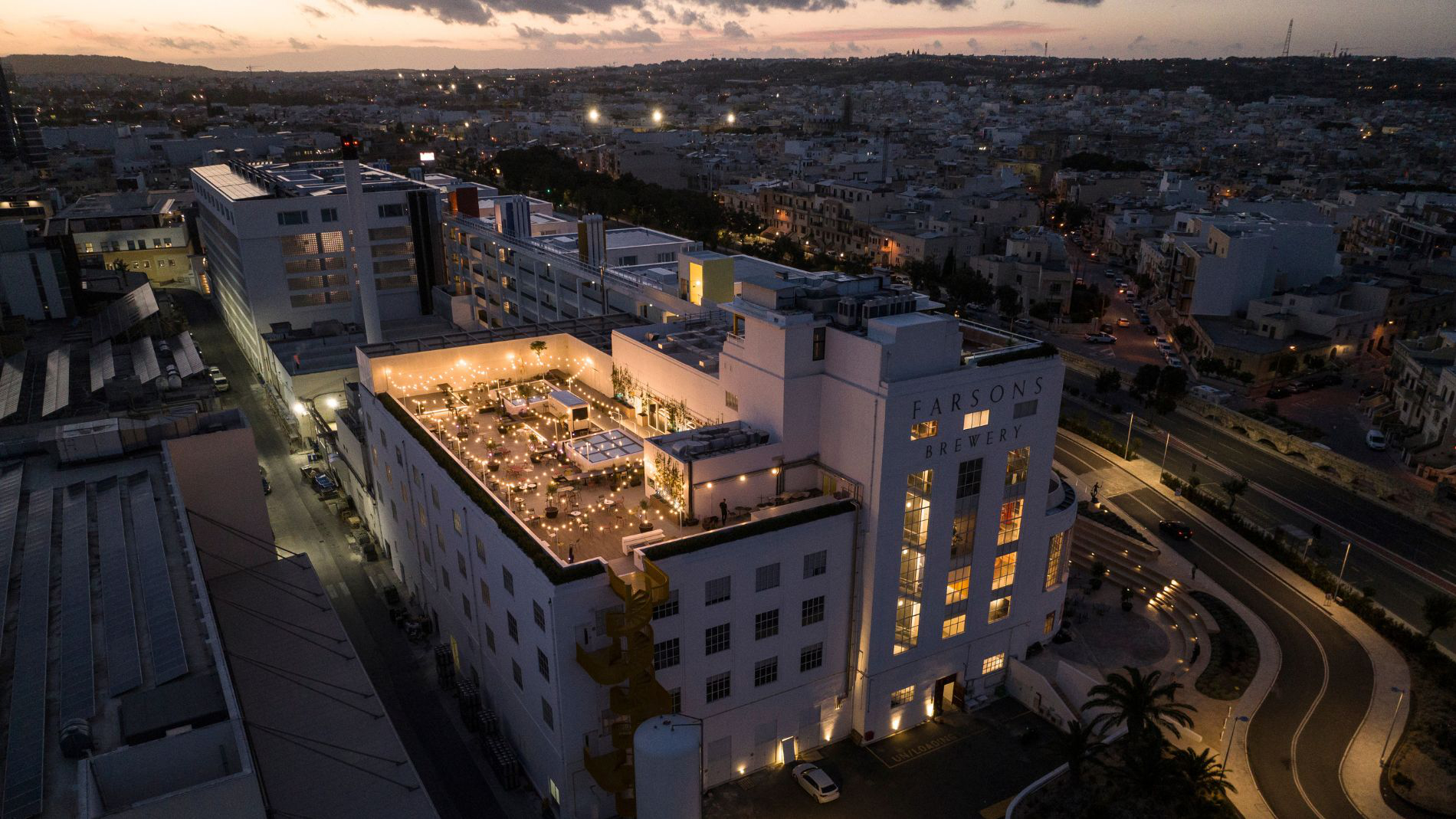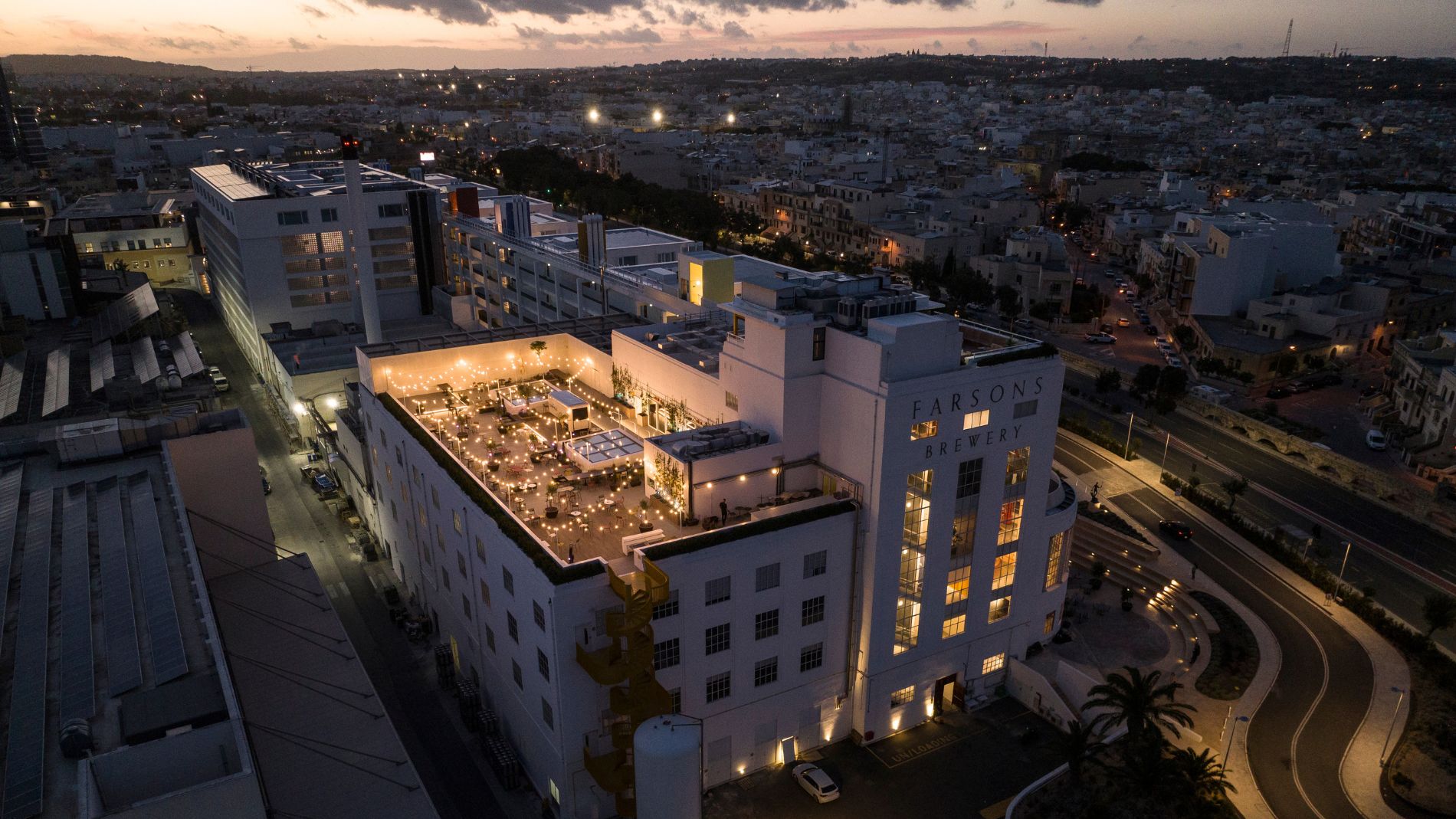Daylight is dynamic – it changes with the time of day, the seasons and the weather. This principle, they argue, must be transferred to artificial lighting. “We need the variation we encounter in nature,” says Ulrike Brandi. Rigid lighting concepts no longer meet the demands of modern urban design. Instead, light should be understood as a changeable element – responsive to use, location and time.
Professor Römhild refers to the European research project “Dynamic Light”, developed in part at Wismar University. “We examined how outdoor lighting scenarios can be tailored to different uses – similar to how lighting scenes are used indoors,” he explains. The findings were clear: both adaptive systems that react to movement or situations, and proactive concepts that deliberately create atmosphere, are needed.
Brandi shares a practical example: in the Netherlands, it is common on long-distance cycle paths for lighting to brighten only when cyclists approach. A kind of “wave of light” moves with them – energy-efficient, safe and needs-based. In Hamburg, a sports field was equipped with a simple buzzer system: pressing it activates the lighting for 30 minutes before it switches off again automatically – a low-threshold solution with great effect.
Public lighting today must do more than ensure visibility. Issues such as biodiversity, light pollution and dark-sky protection are gaining significance. For Römhild, the integration of light and darkness planning is essential: “We work with darkness masterplans to identify zones that should remain dark – to protect wildlife or to foster the experience of natural darkness.” Brandi likewise emphasises the aesthetic quality of night-time darkness: walking through a dark forest, she says, can be more restorative than any lighting installation – if we relearn to rely on our own sense of vision.
Another key topic is participation. Modern lighting design actively involves users – not only to ensure acceptance, but also to raise awareness about light in urban spaces. Citizen participation, as seen in many publicly funded projects, broadens perspectives and helps deliver location-specific solutions.
Light not only ensures visibility – it creates identity. When a square, façade or park is atmospherically lit, it enhances orientation and a sense of safety – and ideally strengthens the emotional bond with one’s neighbourhood. Light becomes a medium of urban memory.

Another central issue in urban lighting design is the review of existing standards. Strict guidelines for illuminance levels apply, especially on traffic routes – often based on outdated infrastructure. “We now have much more efficient light sources like LEDs,” explains Ulrike Brandi. “But in many places, existing pole spacing is simply retained and upgraded with stronger luminaires.” The result: cities become over-illuminated, even though lower and more even light levels would often be more functional and environmentally friendly.
Professor Römhild looks ahead to AI-controlled lighting systems. In the Dynamic Light project, early ideas were explored for dynamically linking light to external factors such as bus timetables or school hours. With artificial intelligence, such systems could respond even more sensitively in future – for example to weather, traffic density or social activity in public spaces. Tomorrow’s lighting design will be connected, adaptive and forward-thinking – while remaining true to the sensory quality of light.

Dynamisches Licht auf der Light + Building 2026
Lighting design between function, emotion and future viability – this will also be a central theme at Light + Building 2026. Under the top theme “Living Light”, the world’s leading trade fair from 8 to 13 March 2026 in Frankfurt am Main will highlight how lighting can define spaces, create atmosphere and promote well-being. The spotlight will be on adaptive lighting systems, Human Centric Lighting (HCL) and smart control technologies that fulfil both aesthetic and functional demands. Exhibitors will present pioneering solutions for indoor and outdoor environments, demonstrating how future-ready lighting concepts combine design quality with technological intelligence.
The full interview can be found at Building. Technology. Solutions.: Dynamic is light.
Further details on the top theme “Living Light” can be found at:
www.light-building.com/top-themen
Light + Building – The world’s leading trade fair for lighting and building services technology. The next edition will take place from 8 to 13 March 2026.
www.light-building.com
Building. Technology. Solutions.
Industry Insights 24/7 – One platform, all trends. Get fresh ideas from the world of smart building technology. Relevant. Neutral. Customizable: Building. Technology. Solutions. Light + Building
Press information and photographic material:
Links to websites:
www.light-building.com/facebook
www.light-building.com/youtube
www.light-building.com/linkedin
www.light-building.com/instagram
www.instagram.com/building.technologies.messeffm
Background information on Messe Frankfurt
Sustainability at Messe Frankfurt
Downloads


